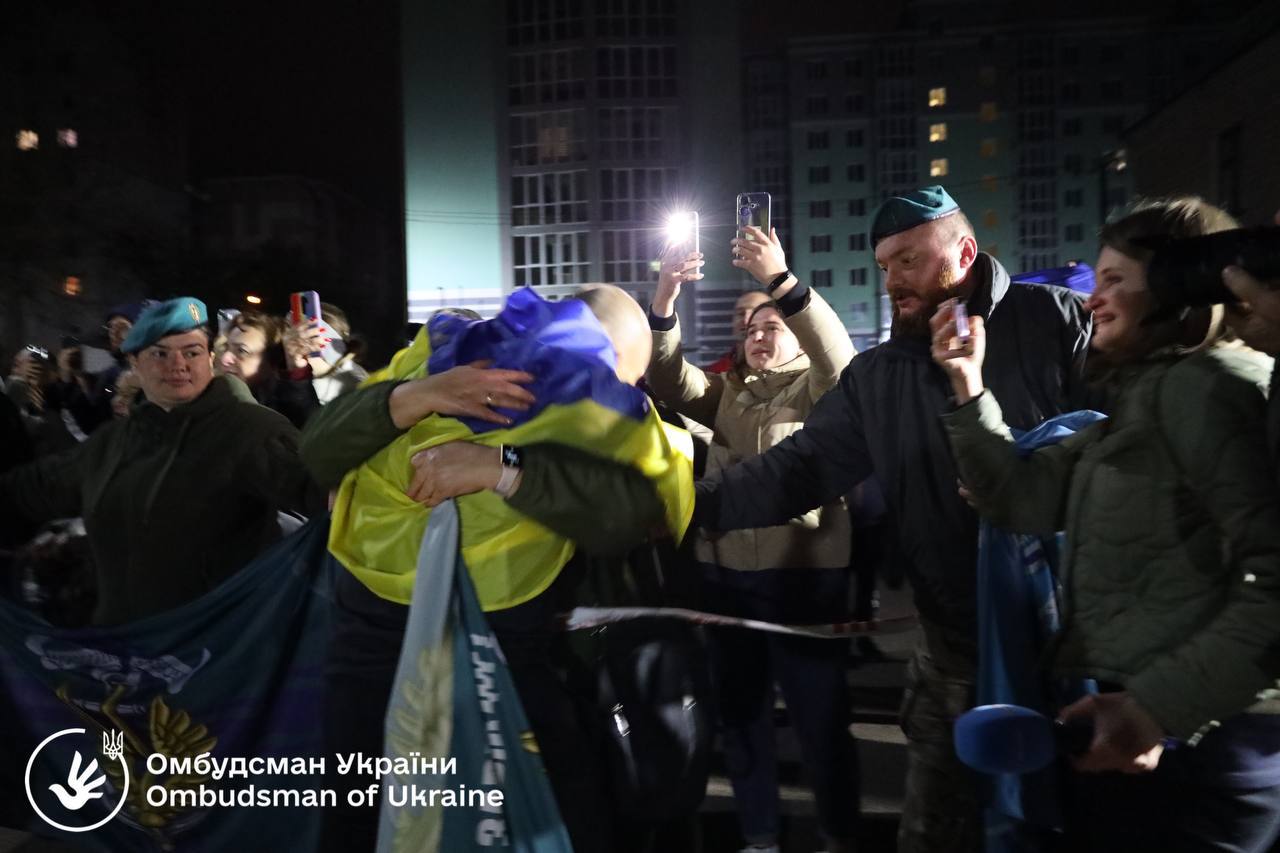Since Ukraine's surprise incursion into Russia's Kursk Oblast on 6 August, prisoner exchanges between the two countries have dramatically increased, according to the US-based Institute for the Study of War (ISW).
The Kursk operation saw Ukraine capture roughly 1,000 square kilometers of Russian territory. This success was partly due to Russia's unpreparedness, with the border mainly guarded by conscripts and Chechen fighters who surrendered in large numbers. A key objective of this operation was to divert Russian forces from other fronts.
Four major prisoner swaps occurred in just 2.5 months following the Kursk incursion, with each side exchanging 362 prisoners. This marks a significant uptick from the mere three exchanges conducted in the preceding seven months of 2024.
The most recent exchange on 18 October saw 95 prisoners swapped on each side. Ukraine's returned personnel included 34 fighters from the Azov Brigade, held captive for over 2.5 years, and prominent human rights activist Maksym Butkevych.
According to Want to Find, a Ukrainian state project tracking Russian military casualties, most of the returned Russian prisoners were young conscripts who had surrendered in the Kursk region.
Read more:
- 95 Ukrainian defenders return from Russian captivity, including Azov fighters and POWs facing life sentences
- Ukraine swaps 103 POWs, including 23 Azovstal defenders from Azov Brigade
- Ukraine returns 49 more defenders and civilians from Russian captivity
- Ukraine returns 115 prisoners of war on Independence Day, first exchange after Kursk incursion





